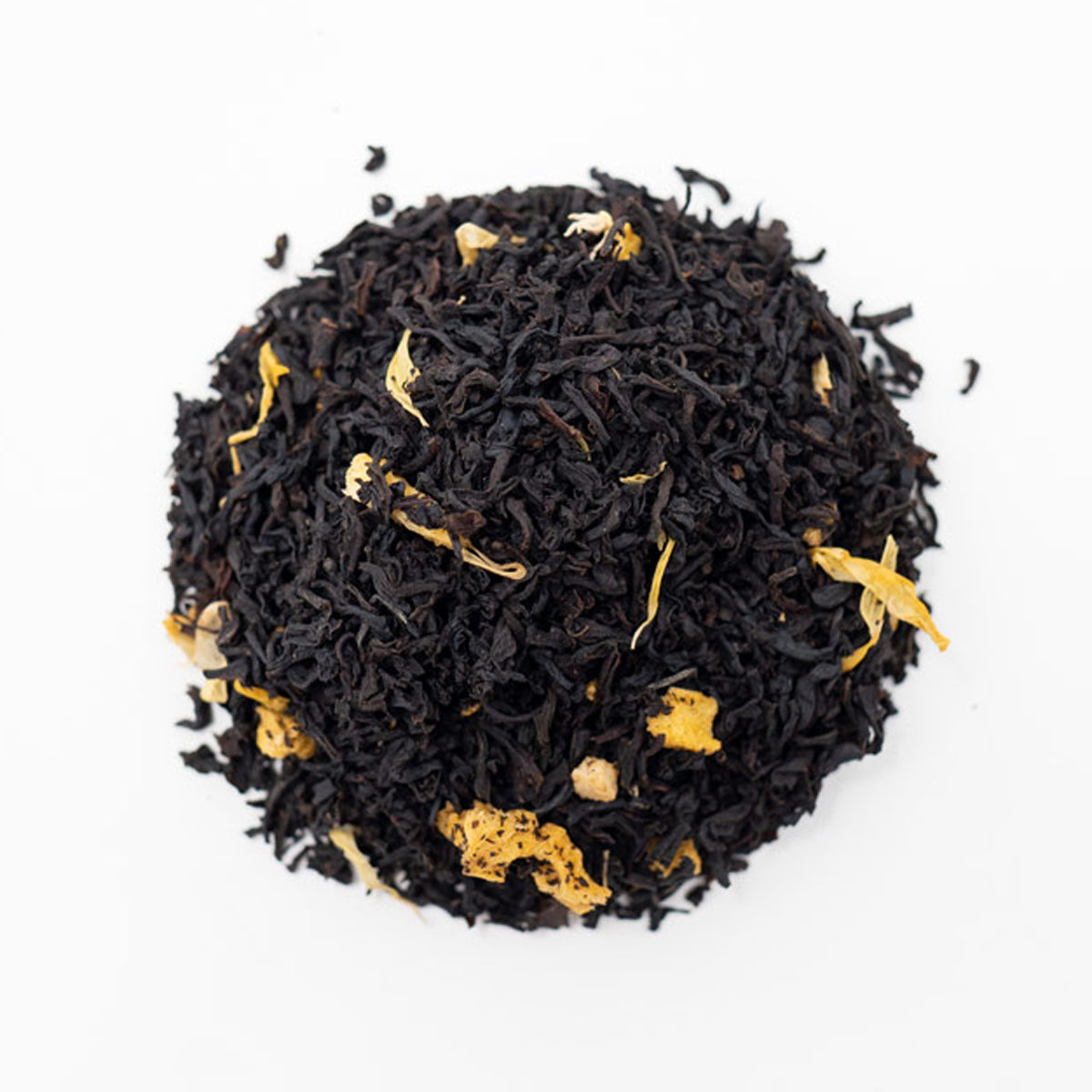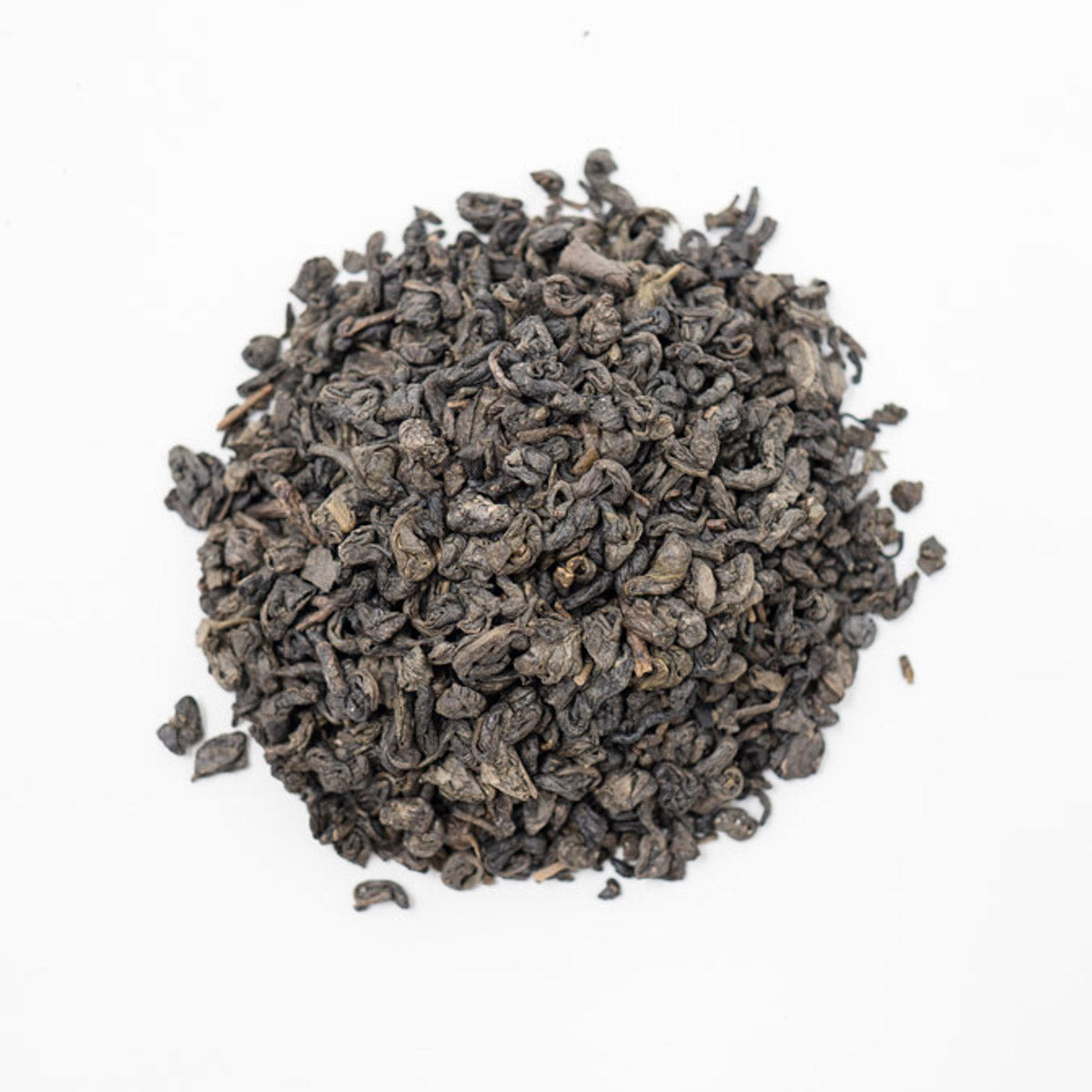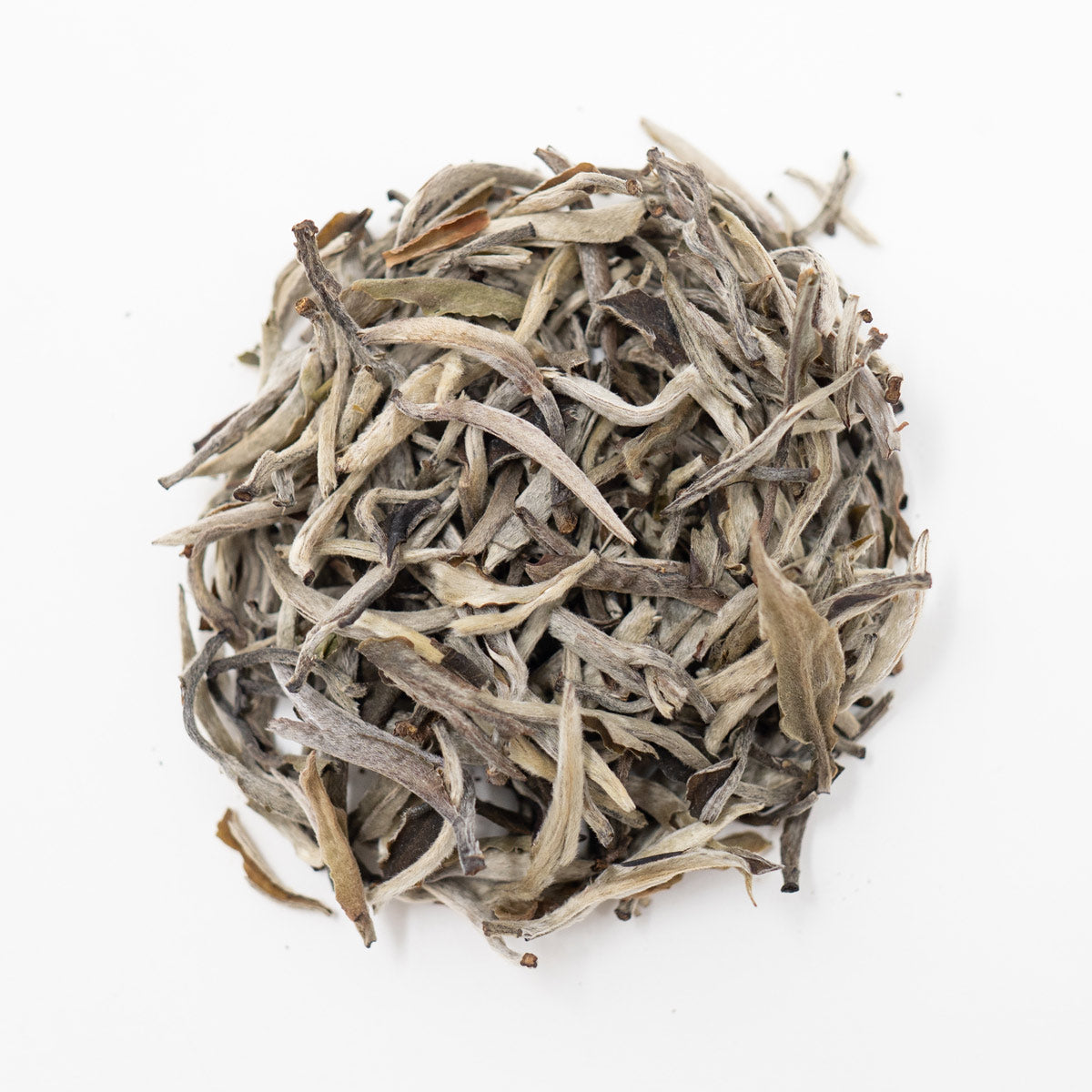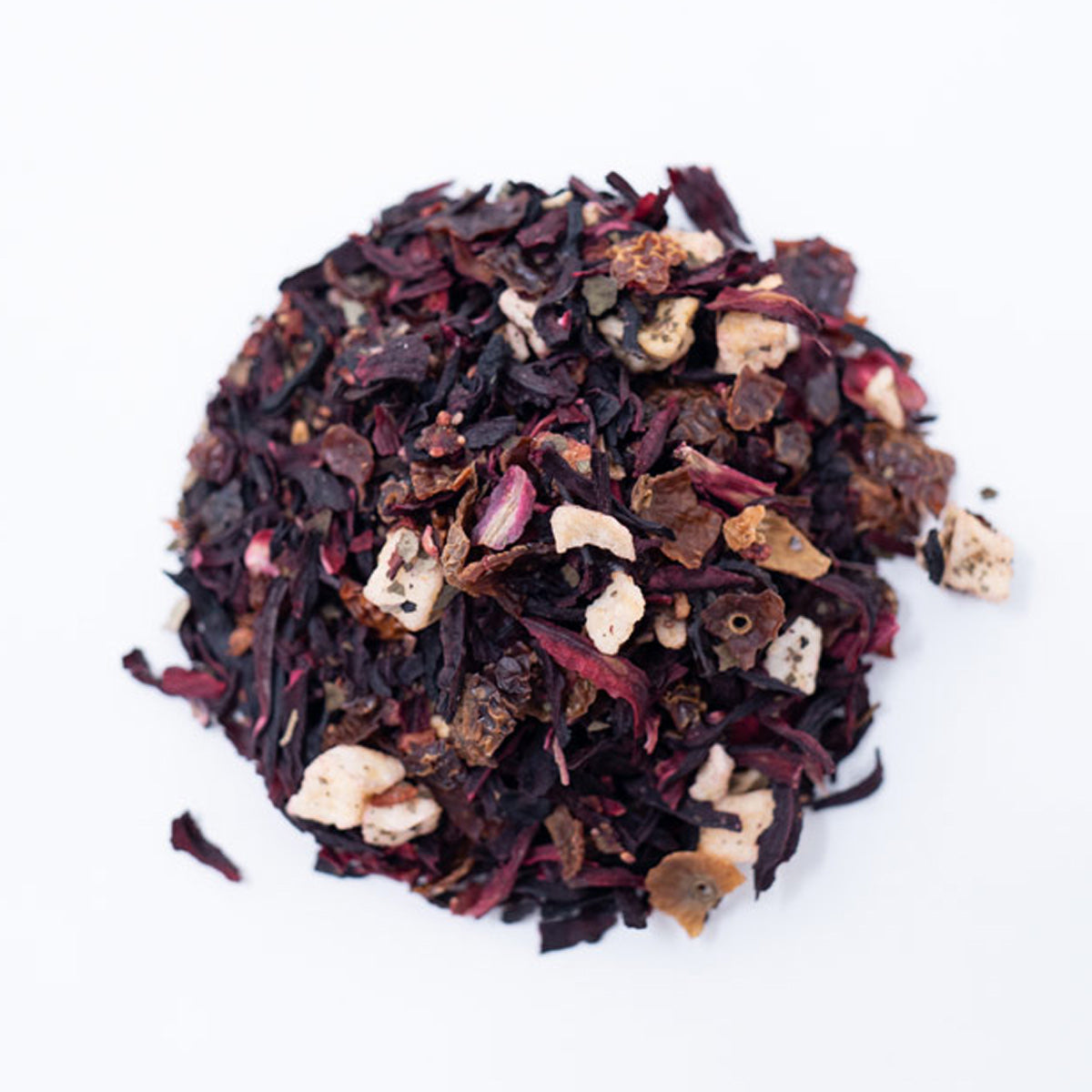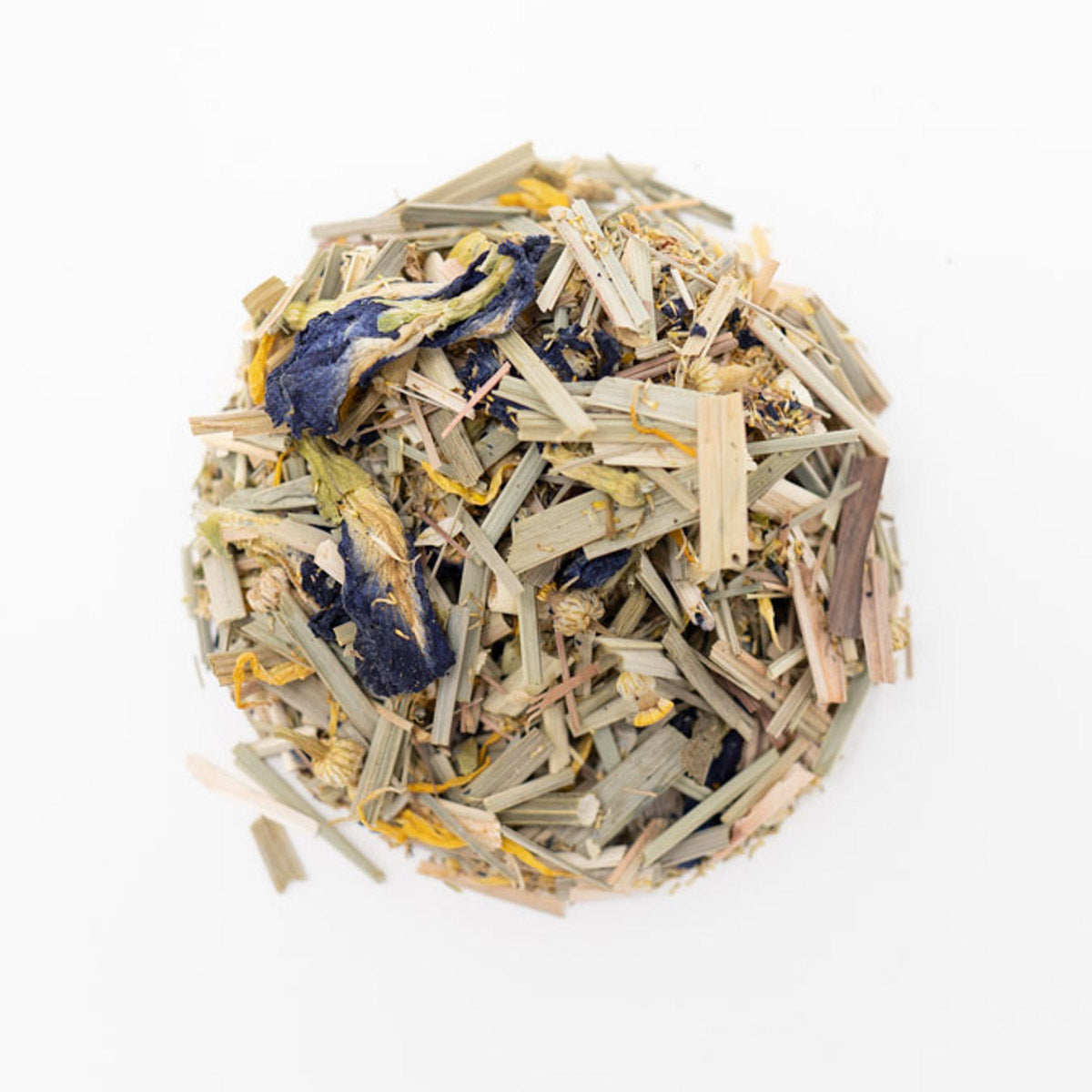The Origin Story of Tea | How Did Tea Start In the U.S.?
Tea has been a universally enjoyed beverage for centuries. However, the origins and historical distribution of tea are not widely known. British culture has placed a high priority on tea for over three hundred and fifty years, and many assume this is the birthplace of the popular drink. We actually have to go back almost five thousand years to discover the first recorded instances of tea! From ancient China to modern-day America, tea has had an incredible journey as one of the most influential drinks in history.
Tea in Asia
One of the first accounts of tea comes from China in 2737 B.C. According to legend, the Chinese emperor Shen Nung was lounging outside when a massive gust of wind swept through the tree above him, causing some leaves to fall into a pot of water boiling nearby. Enticed by the verdant scent, Shen Nung drank some of the accidental brew and was pleasantly surprised by the unique, yet enjoyable flavor. He named the beverage "ch'a," and it became widely used for medicinal purposes. The leaves that fell into the boiling pot of water came from the Camellia sinensis plant, and it continues to be the source of tea today. From the 4th through the 8th century, the popularity of tea quickly increased, and plantations were grown all throughout China. It became more than a medicinal beverage and was enjoyed daily as the cultural refreshment of choice. Green tea was the main tea enjoyed up until the mid-17th century. As foreign trade grew and new fermentation techniques were used, black tea was introduced, and it became a huge hit for its resilient aroma and flavor. The influence and admiration for tea has continued to thrive and remains a symbol for China's history, culture, and religion.
The first book ever recorded about tea was titled the "Ch'a Ching" (or Tea Classic) and was written in the late 8th century by writer Lu Yu. Soon after the book was written, some Japanese Buddhist monks who traveled to China observed the writings and tasted the intriguing beverage. Thrilled with their findings, they brought tea back with them to Japan, and the brewing and drinking of tea became an essential part of Japanese culture. They even established their own Tea Ceremony, using many of the rituals they had read about. In modern days, the tea harvesting techniques used in Japan are the most advanced in the world. Instead of the hand-processing methods widely used in China, the Japanese use specialized machines to harvest tea. Today, tea is enjoyed with every meal, used to greet guests, and various green tea flavored items can be found in vending machines and shops all over the country. We can also thank Japan for creating our beloved Matcha tea!
Tea in Europe
Up until the 16th century, tea was still relatively unknown in Europe. During the latter part of the 16th century, there were very few written references about tea in various European countries. Tea was first shipped as a commercial product by the Dutch when they created a trading post on the island of Java, which lies between Sumatra and Bali. Through this trading post, the original consignment of tea was exported from China to Holland in 1606. Tea became a trendy and modern drink among the Dutch, and from there, it soon spread to many other countries in western Europe. Due to its fashionable nature and high price, tea was initially reserved for the wealthy. Black tea came about as part of this new line of trade between the West and the East. Chinese tea farmers found that specific fermentation techniques would allow the tea to keep its flavor through long journeys to the West.
Britain was known to be a little apprehensive of global trends, and it took longer for them to be the nation of tea drinkers the country is known for today. The very first reference to tea in Britain was an advertisement in a London newspaper dated September 1658. It was promoting the sale of a "China Drink," known by the Chinese as "Tcha" at a London coffee house. The text of the advertisement suggested that tea was still unknown and a curiosity to local readers. The marriage of Charles II to Catherine of Braganza in 1662 was the moment when tea started becoming a crucial part of British culture. Catherine, a princess from Portugal, loved tea and brought a large chest of Chinese tea with her as part of her dowry. She served the tea in the royal courts, and word of the new "exotic" beverage eventually spread to the entire upper class. The East India Company capitalized on this new infatuation, and by 1664, they imported hundreds of pounds of China tea from Java.
The British welcomed tea into their culture with excitement and adoration that has continued on to today. It became a beverage of choice in coffee houses all across London and was ritually served as an afternoon refreshment in wealthy households. It was considered a luxurious import and with that title came lofty tea prices. The ridiculously high tax rates for tea made it too expensive for the working class to enjoy. These taxes were so high (25 pence/pound), that tea sales almost stopped altogether. To increase sales, the cost of tea was reduced to 5 pencec/pound, becoming more accessible to the average household. The tax rate continued to be adjusted by politicians until as recent as 1964 when tea duties were ultimately eradicated.
Tea in the U.S.
America has had a unique history with tea. The culture and traditions of Europe were brought to the New World from the families who began to settle on the American continent. Teahouses and elaborate accessories were popular with the wealthy elite of the East Coast, but it was not long before trouble began to brew. The middle of the 18th century saw tea as the most valuable export for the British Empire to the New World. Tea had become incredibly popular, from the wealthy to the poor. In a moment of greed, the British government imposed a 119% tax on tea in America, which caused the cost of tea to more than double for the average American.
The tea tax was the last straw for the colonists. American ports would not take goods ashore, and the tension reached a fever pitch during the Boston Tea Party, where several dozen Americans tossed crates of tea off of merchant ships into the Boston Harbor. What followed was the American War for Independence and the start of America's love of coffee! However, in the modern age, America still contributed to some significant changes in the way we drink tea. In 1904, a group of tea producers at the Saint Louis World Trade Fair was handing out samples of their hot tea. The summer temperatures had reached such an uncomfortable level that no one wanted to try their tea. The frustrated booth supervisor grabbed a glass full of ice cubes, poured the warm into it, and invented iced tea! It still proves to be the most popular way to consume tea in the United States, with over 80% of tea consumed in this manner every year
Tea has had an amazing influence across history. From its origins in 2500 B.C. China to new ways to drink it iced in the 20th century, tea has been around humanity for an incredibly long time. Even though the tea plant Camellia sinesis can only grow in one region of the world, many other cultures, like the Japanese and British cultures, adopted tea as part of their identities. I hope you were able to learn something new about the history and origin of tea. Just remember, no matter where you are in the world, there’s a very good chance you can find your favorite tea just around the corner!
